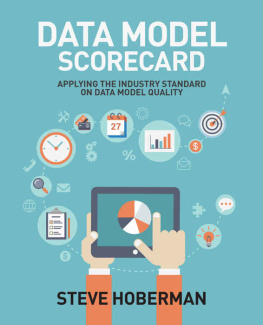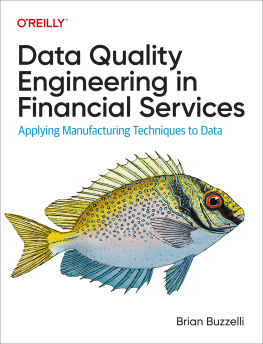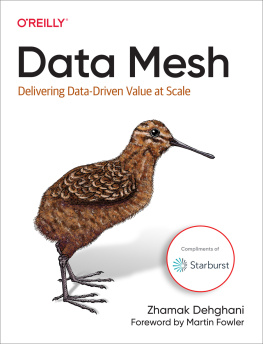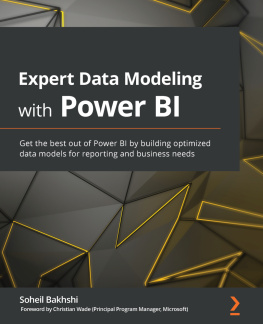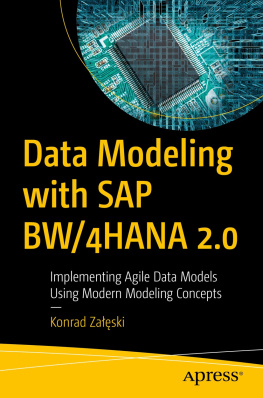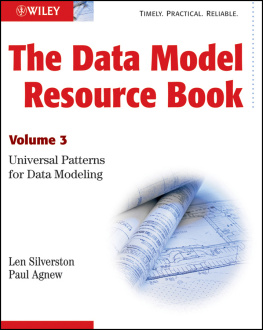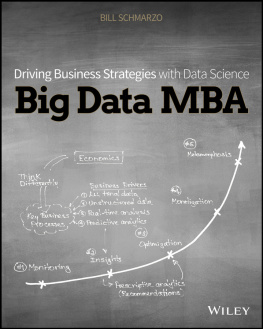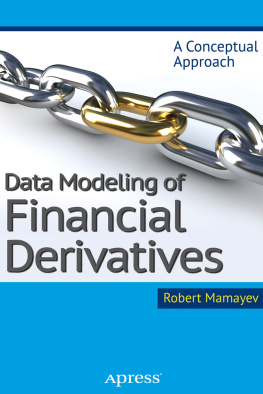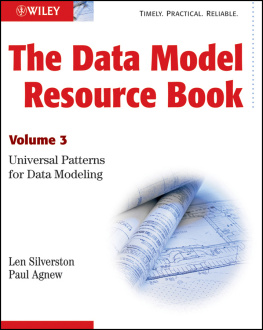Steve Hoberman - Data Model Scorecard: Applying the Industry Standard on Data Model Quality
Here you can read online Steve Hoberman - Data Model Scorecard: Applying the Industry Standard on Data Model Quality full text of the book (entire story) in english for free. Download pdf and epub, get meaning, cover and reviews about this ebook. year: 2015, publisher: Technics Publications, genre: Home and family. Description of the work, (preface) as well as reviews are available. Best literature library LitArk.com created for fans of good reading and offers a wide selection of genres:
Romance novel
Science fiction
Adventure
Detective
Science
History
Home and family
Prose
Art
Politics
Computer
Non-fiction
Religion
Business
Children
Humor
Choose a favorite category and find really read worthwhile books. Enjoy immersion in the world of imagination, feel the emotions of the characters or learn something new for yourself, make an fascinating discovery.
- Book:Data Model Scorecard: Applying the Industry Standard on Data Model Quality
- Author:
- Publisher:Technics Publications
- Genre:
- Year:2015
- Rating:3 / 5
- Favourites:Add to favourites
- Your mark:
Data Model Scorecard: Applying the Industry Standard on Data Model Quality: summary, description and annotation
We offer to read an annotation, description, summary or preface (depends on what the author of the book "Data Model Scorecard: Applying the Industry Standard on Data Model Quality" wrote himself). If you haven't found the necessary information about the book — write in the comments, we will try to find it.
The Data Model Scorecard is a data model quality scoring tool containing ten categories aimed at improving the quality of your organizations data models. Many of my consulting assignments are dedicated to applying the Data Model Scorecard to my clients data models - I will show you how to apply the Scorecard in this book.
This book, written for people who build, use, or review data models, contains the Data Model Scorecard template and an explanation along with many examples of each of the ten Scorecard categories. There are three sections: In Section I, Data Modeling and the Need for Validation, receive a short data modeling primer in Chapter 1, understand why it is important to get the data model right in Chapter 2, and learn about the Data Model Scorecard in Chapter 3. In Section II, Data Model Scorecard Categories, we will explain each of the ten categories of the Data Model Scorecard. There are ten chapters in this section, each chapter dedicated to a specific Scorecard category:
- Chapter 4: Correctness
- Chapter 5: Completeness
- Chapter 6: Scheme
- Chapter 7: Structure
- Chapter 8: Abstraction
- Chapter 9: Standards
- Chapter 10: Readability
- Chapter 11: Definitions
- Chapter 12: Consistency
- Chapter 13: Data
Steve Hoberman: author's other books
Who wrote Data Model Scorecard: Applying the Industry Standard on Data Model Quality? Find out the surname, the name of the author of the book and a list of all author's works by series.

